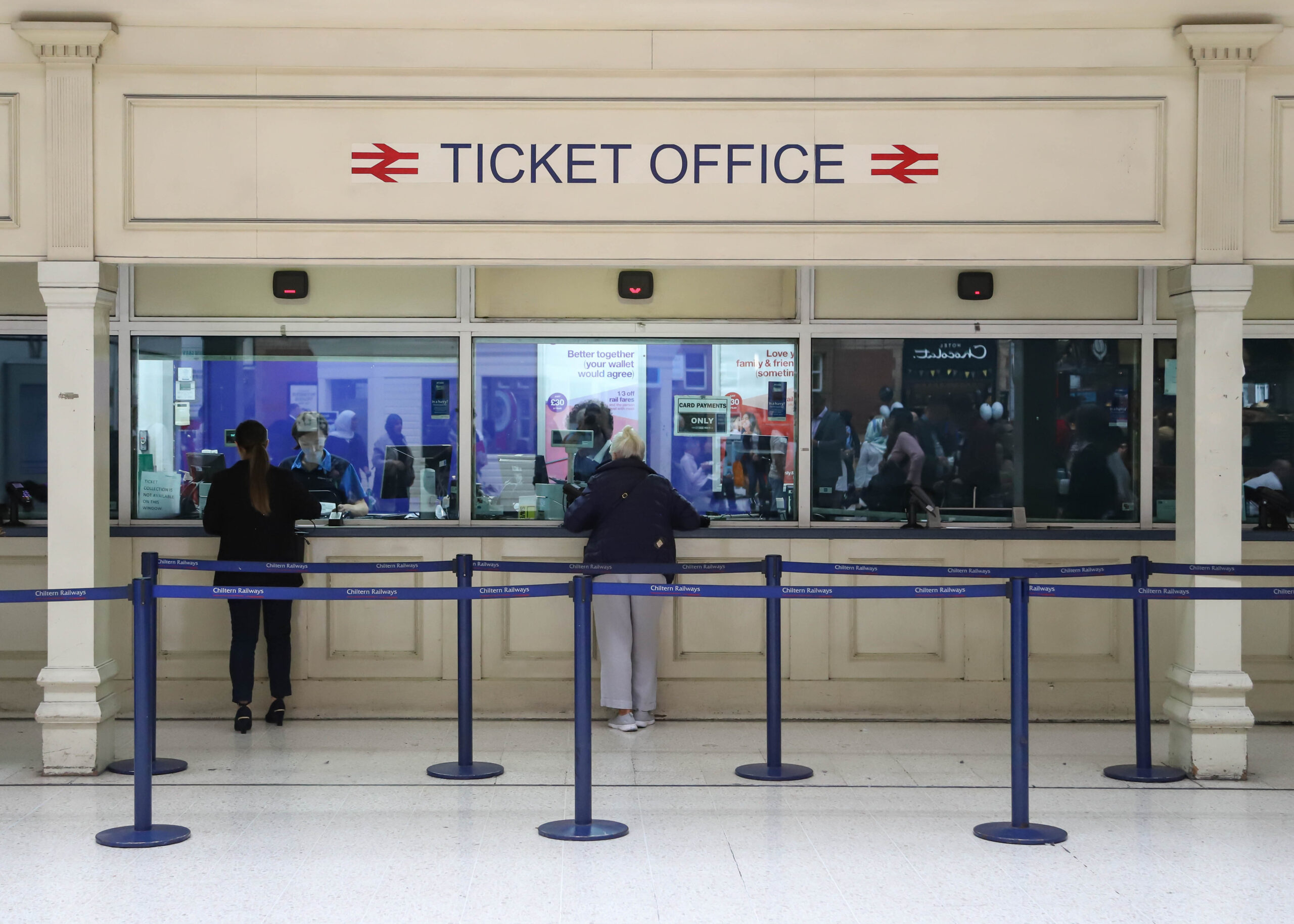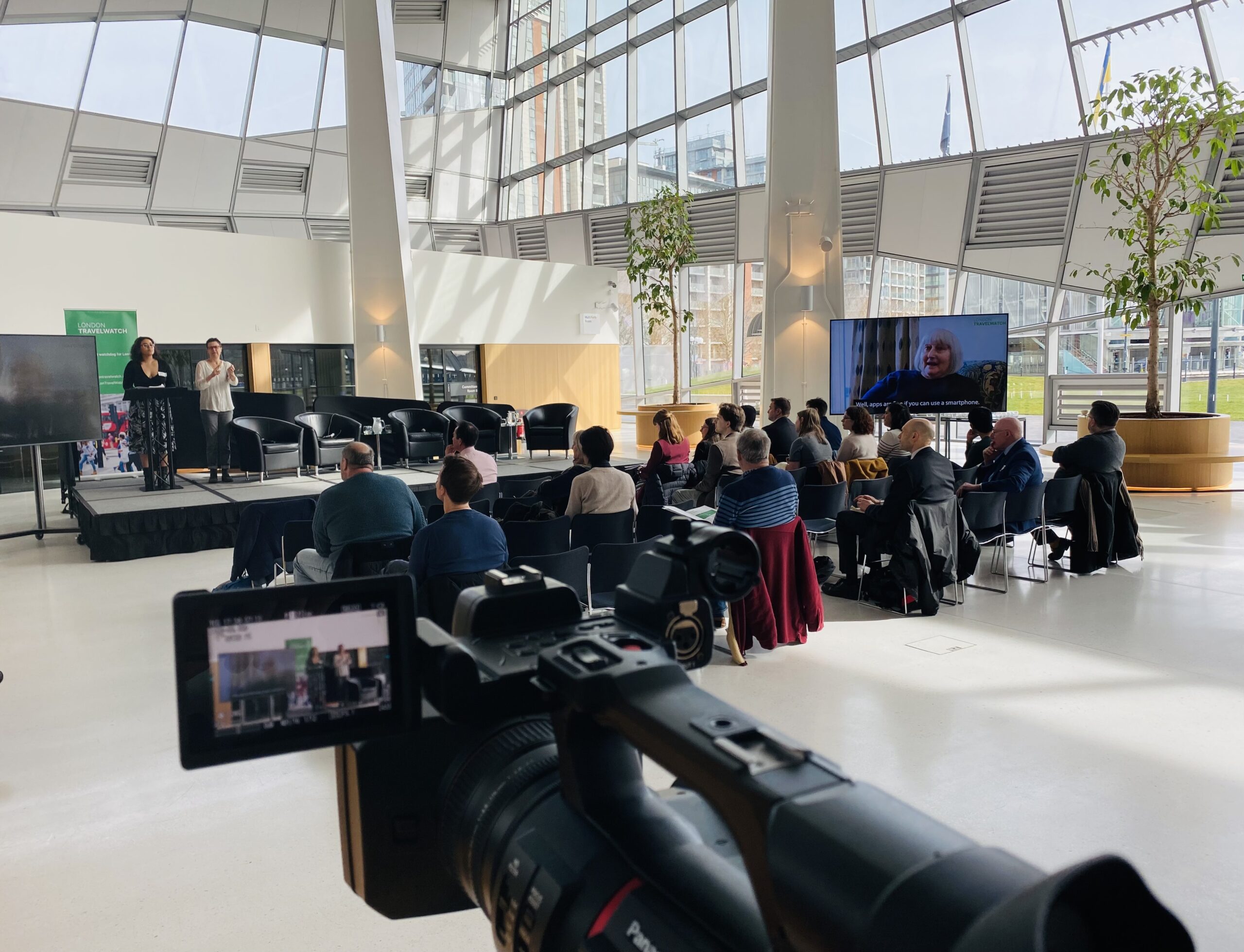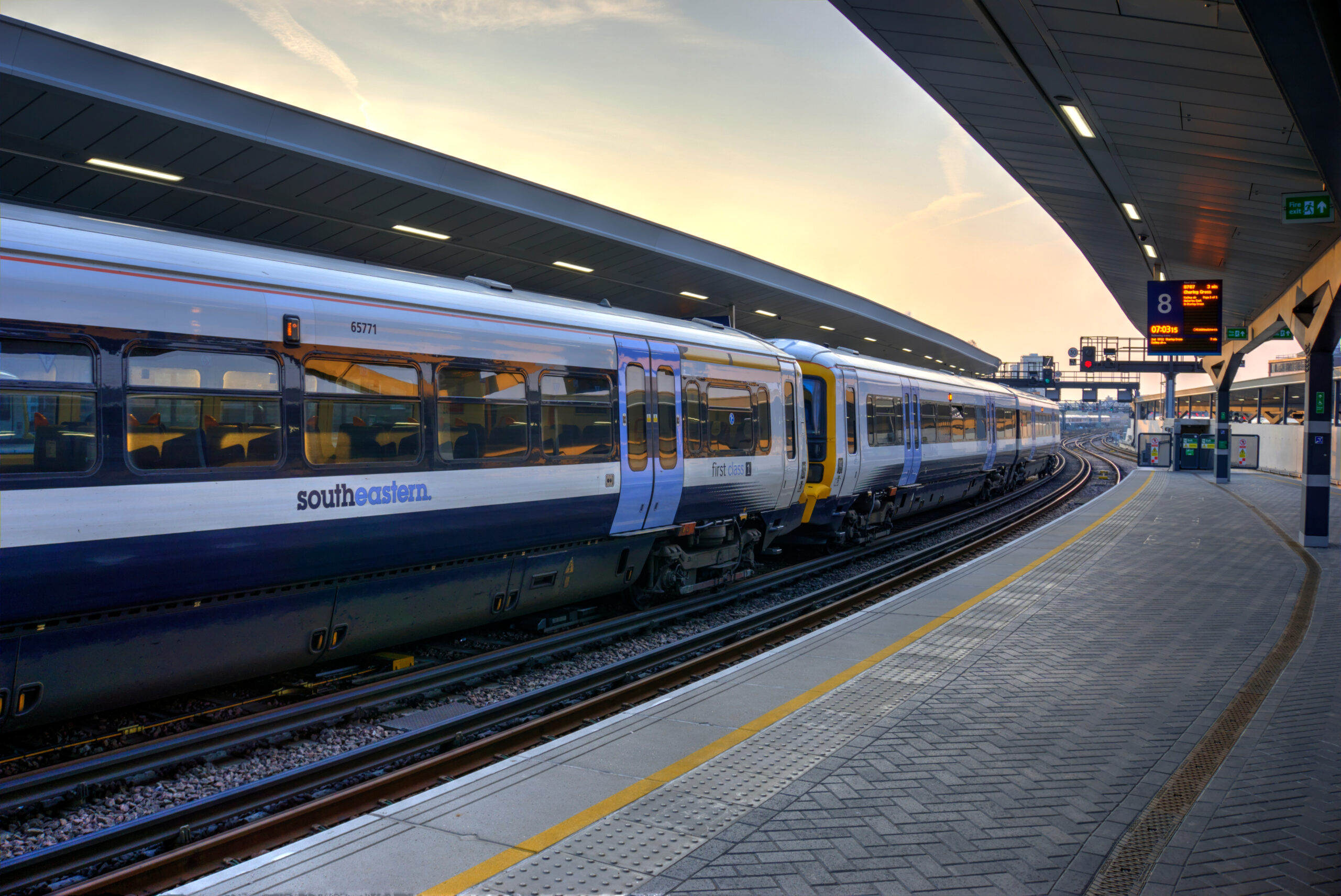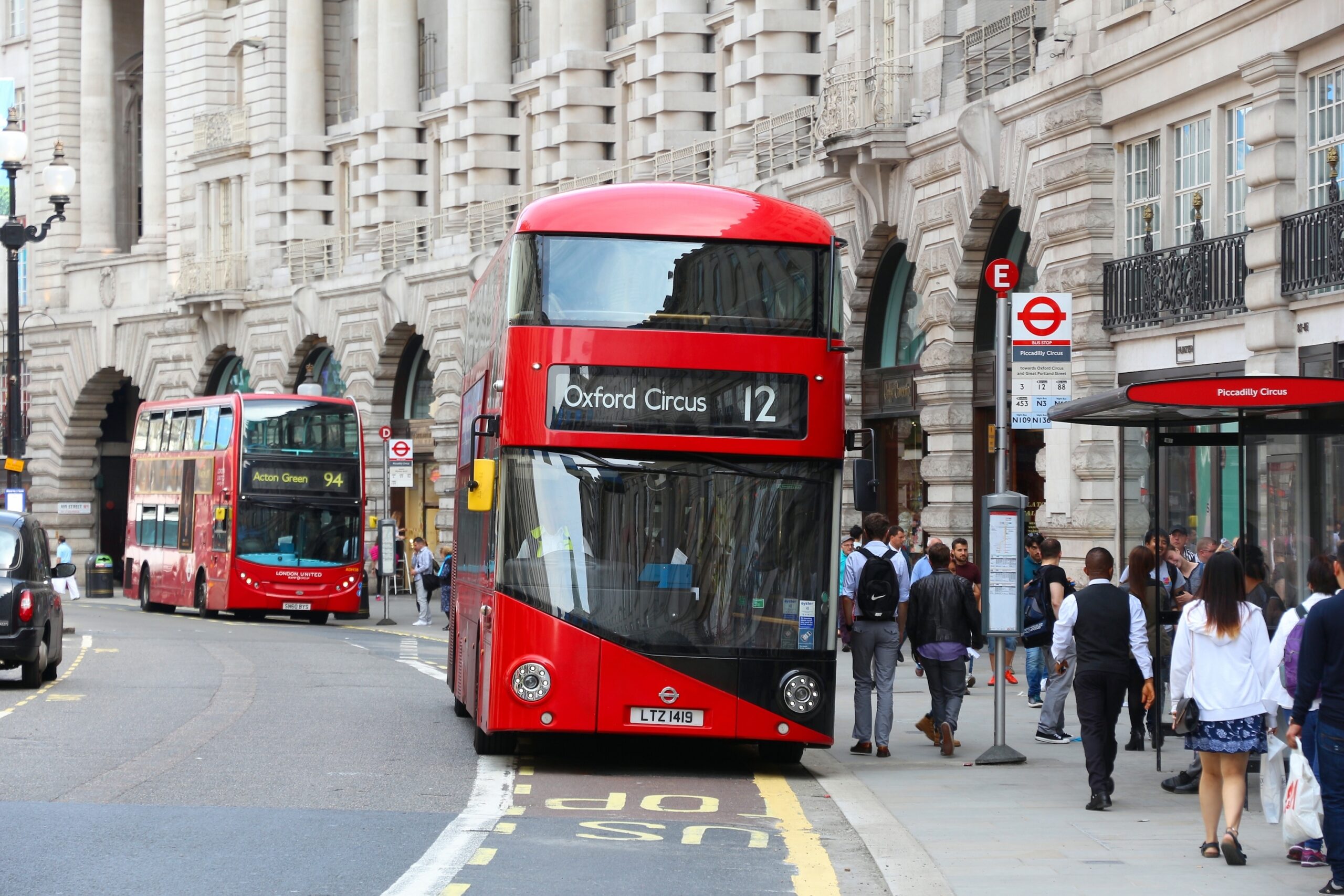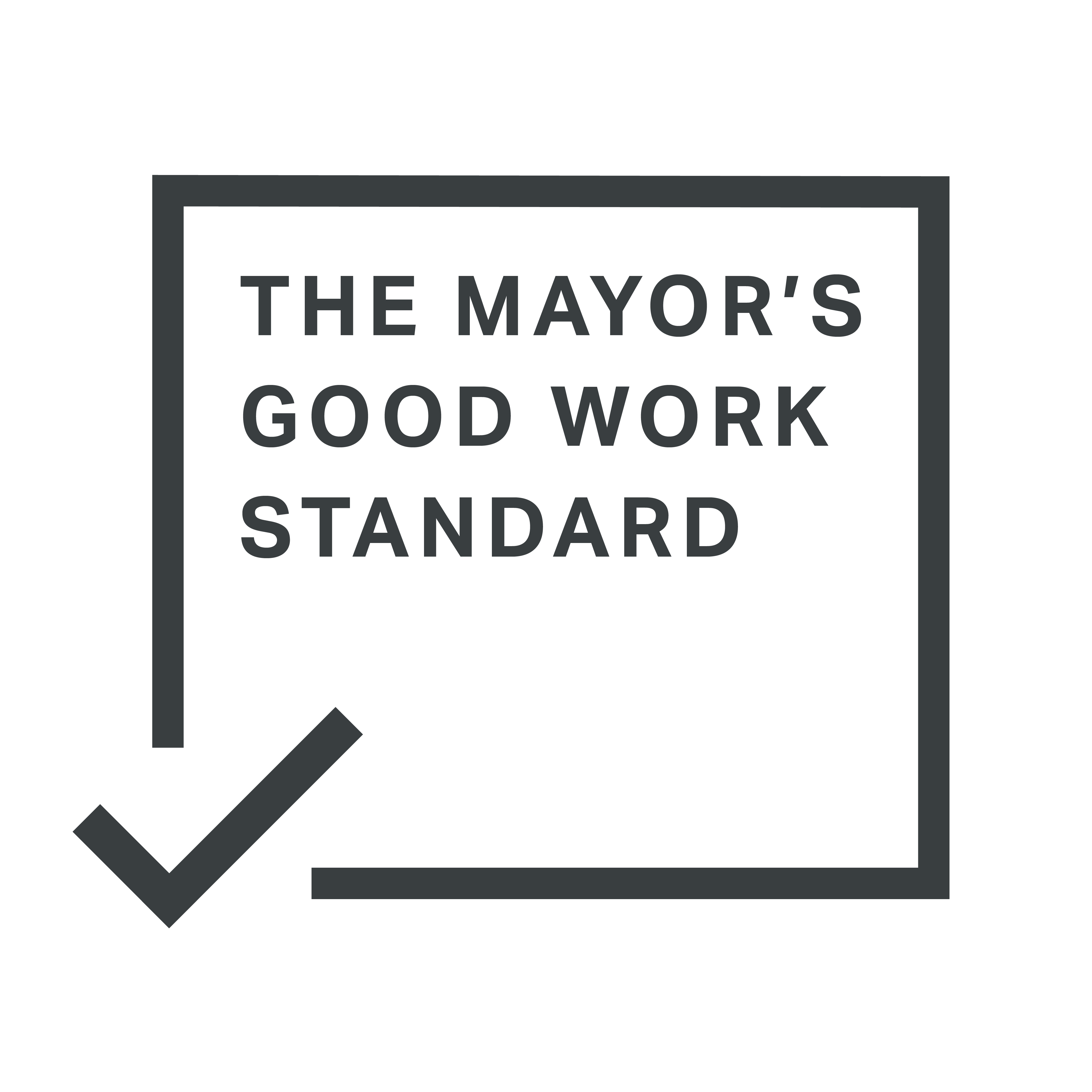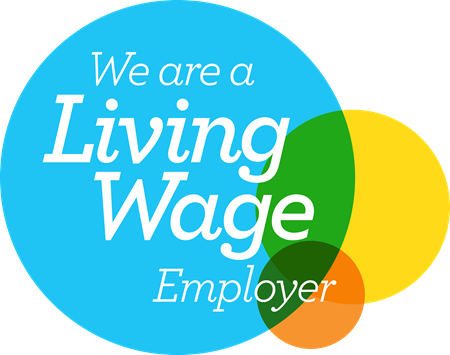03 December 2021
More Londoners use the bus than any other type of public transport.
For years the bus has had to compete with increased traffic on the road, and so buses are slower than they used to be. In the 12 months before the pandemic hit, average bus speeds were only 9.3 miles per hour, the third successive year in which speeds were that low. At that speed, by comparison, it would be faster to travel on the back of a donkey.
We know that the main reason that more people don’t use buses is that people think they are too slow and won’t get them where they need to go on time. If London is to meet the Mayor’s target of 80% of all trips in London being made on foot, by cycle or using public transport by 2041, then we need a 40% increase in bus journeys to reach that target. This won’t be possible if buses are not made more attractive to use or if bus routes or frequencies are cut.
Apart from a slight increase during the Covid period, bus speeds have been falling over the last few years. It has meant fewer people using the bus – bus ridership in London declined for six consecutive years, down to 2.1bn journeys in 2019/20. And, for those who still do use it, journey times are longer. Traffic is the big problem.
Why do we need to clear the way for the bus now?
The figures are dramatic. If the average speed of a London bus rose by just 1mph:
- There would be a rise in passenger numbers.
- TfL’s annual revenue could increase by as much as £80 to £85 million.
- Additional savings of between £100m and £200m each year would be made because TfL would need fewer buses to ensure services ran to time. This is particularly important at a time when TfL’s finances are under such pressure.
Action needed
So, what needs to be done to increase bus reliability?
Although there are problems on the road for buses and their passengers, there are a lot of solutions, both small scale and large scale, to make things better.
Big ticket items like putting in new bus lanes and installing additional bus filters make a huge impact on reducing journey times. But lower cost measures like stopping cars parking where they shouldn’t, making all existing bus lanes 24/7 and changing the phasing of traffic lights to favour the bus have been shown to be really effective.
But a package of bus priority measures requires close collaboration between Transport for London and the local authorities since the London boroughs manage all but the big, main roads (95% of roads in London are run by borough councils, only 5% are run by TfL).
Getting it right
Apart from walking, buses are the most popular form of transport in London so getting this right is incredibly important. Even with slow and declining journey times there were 2.1bn journeys in 2019/20. More people use the bus to get to work in London than any other mode of transport. It is particularly important for women, children, Black, Asian and Minority Ethnic Londoners, people on lower incomes and older and disabled people. We know that the bus is especially important for the key workers who can’t afford another mode of public transport.
The bus has a really important role to play in helping London’s high streets recover from the pandemic. Almost 1 in 4 bus journeys in the last year were for shopping [PDF]. A 2014 analysis by KPMG [PDF] found that for every £1 invested in in local bus infrastructure and selective priority measures, there was £3.32 of net economic benefits.
And it is good for the environment; one full bus can take up to 75 cars off the road.
If the bus is to fulfil its potential, an imaginative and innovative package of bus priority measures is required.





